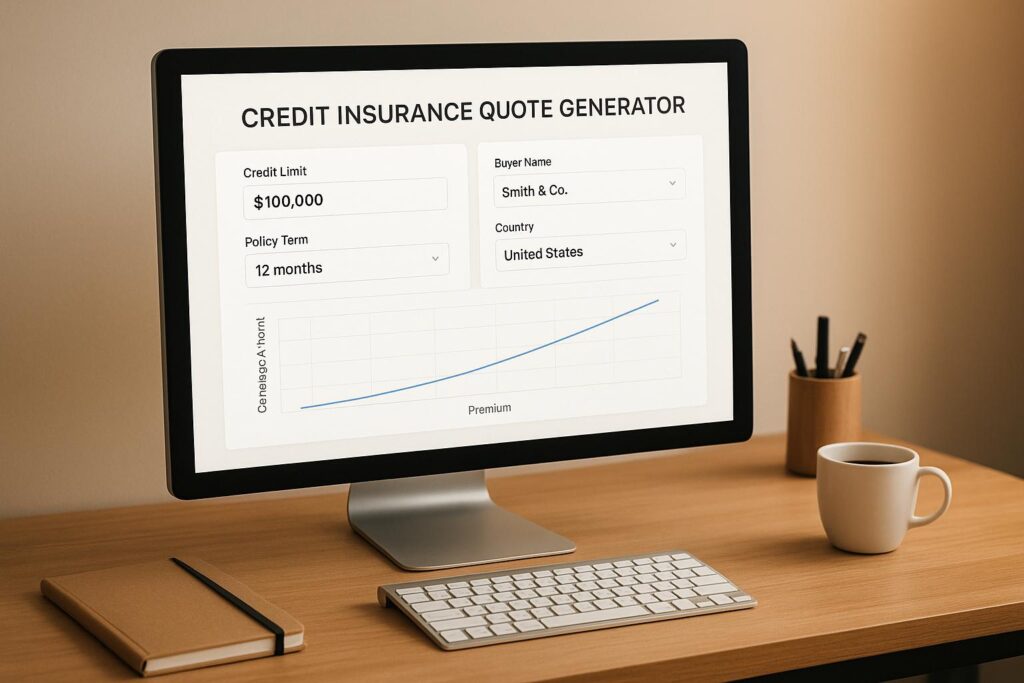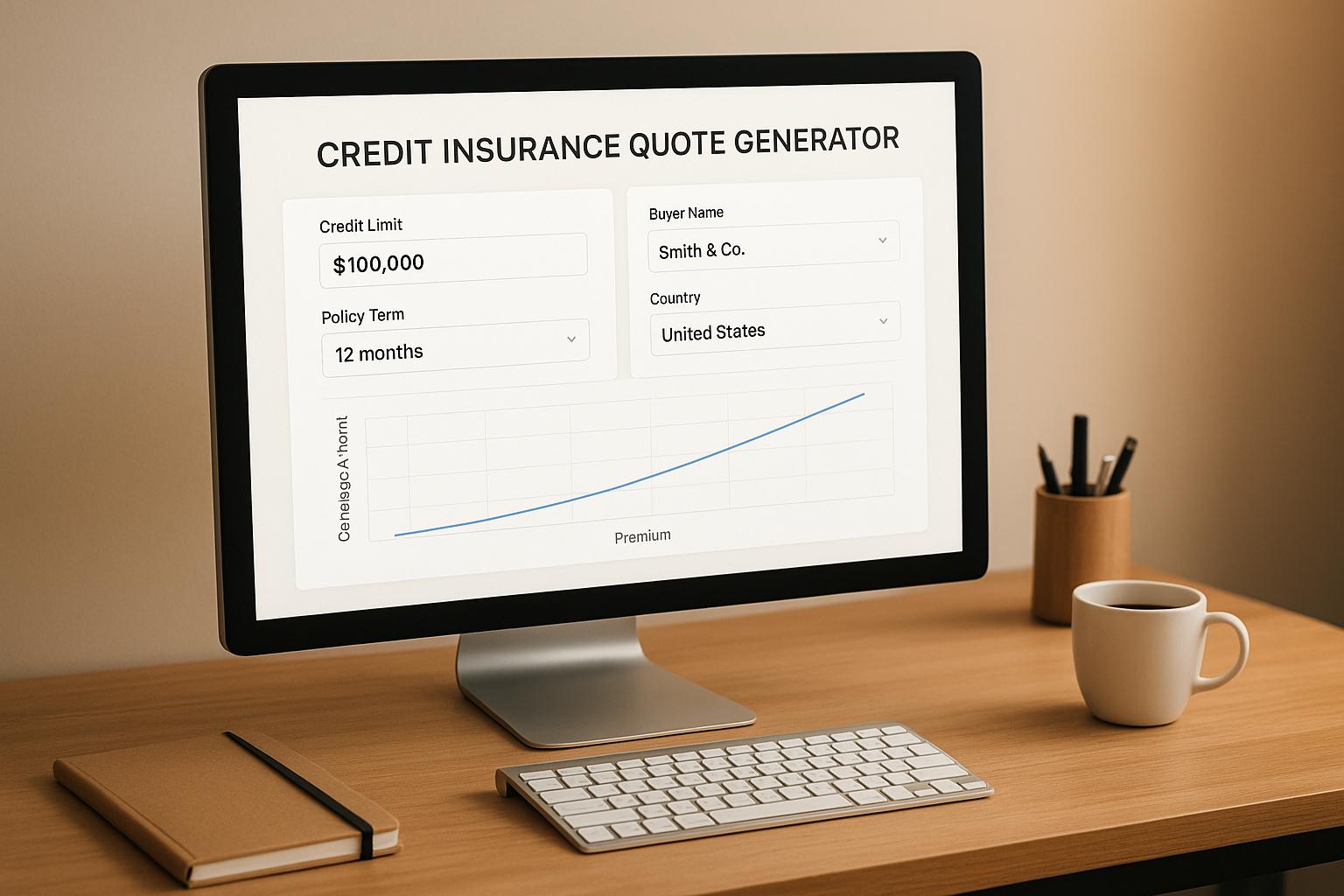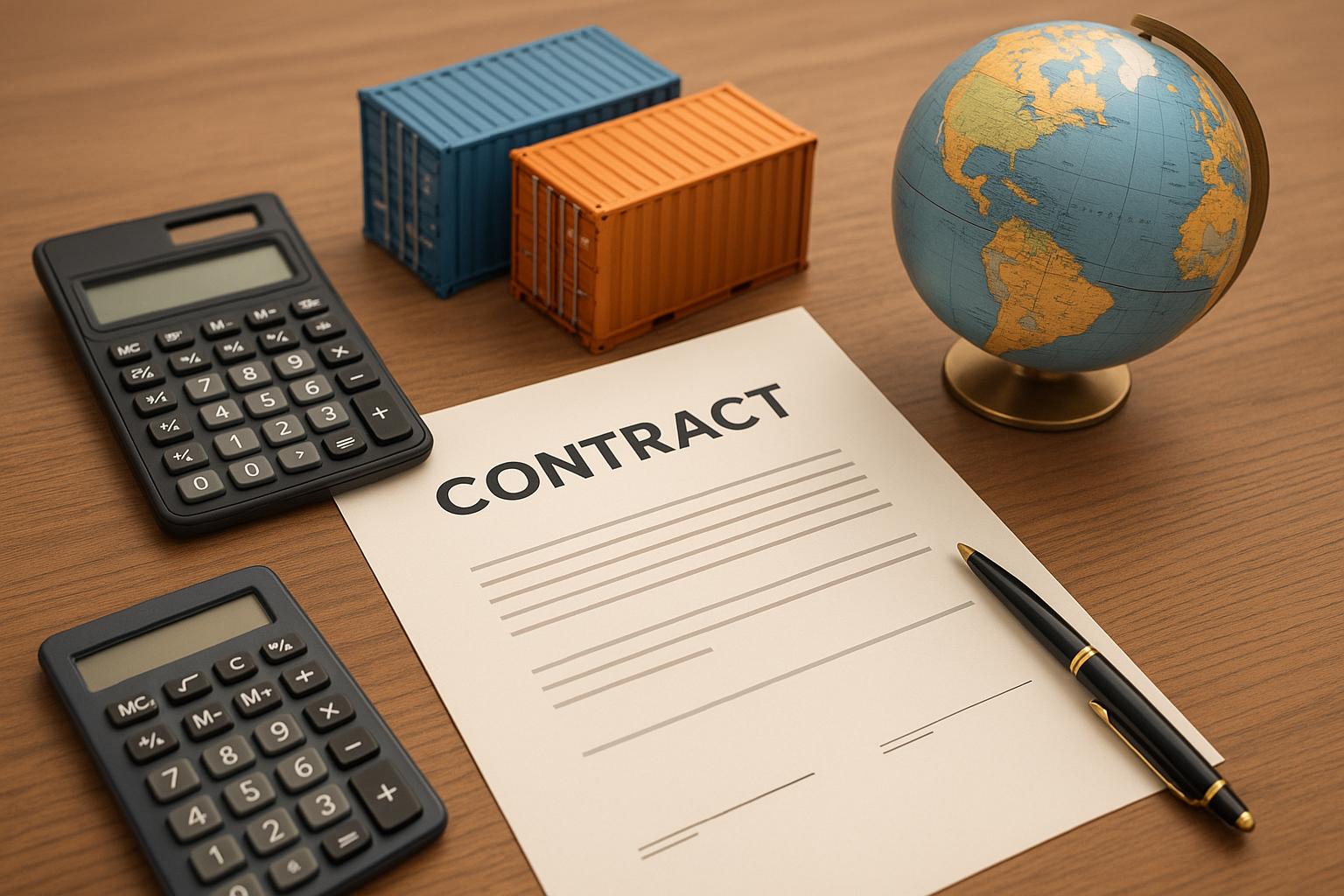Understanding Credit Insurance Costs for Your Business
Navigating the financial risks of extending credit to clients can be tricky, but tools like a credit protection cost estimator can simplify the process. For businesses, unpaid invoices can disrupt cash flow and growth plans. That’s where credit insurance steps in as a vital safeguard, covering losses if a customer defaults. But how much does this protection cost? Estimating premiums upfront helps you make informed decisions without surprises.
Why Estimate Credit Insurance Premiums?
Every business has unique needs based on its industry and exposure levels. A company in a volatile sector might face higher rates compared to one in a stable field. By using a tool to calculate potential costs, you gain clarity on what to budget for financial risk coverage. You input details like total credit at stake, industry risk (low, medium, or high), and coverage duration, and get an instant breakdown. It’s a practical first step before committing to a policy.
Beyond the Numbers
Knowing the approximate cost empowers you to weigh the benefits against the investment. Whether you’re a small business or a growing enterprise, understanding these expenses helps you plan smarter. Take a moment to explore how this kind of protection fits into your strategy for long-term stability.
FAQs
What factors affect the cost of credit insurance?
The cost depends on a few key things: the total credit exposure (how much you’re risking), the risk level of your industry, and how long you want coverage. For instance, a high-risk sector like construction might have a steeper premium than a low-risk one like retail. Our tool uses base rates of 0.3% for Low, 0.6% for Medium, and 1% for High risk, then multiplies by the duration to give you a clear estimate. It’s a straightforward way to see what you might pay.
Why should my business consider credit insurance?
Credit insurance is a safety net. If a client fails to pay due to insolvency or other issues, it helps cover your losses so you’re not left in a financial bind. Think of it as a buffer that keeps cash flow steady, especially if you deal with large invoices or unpredictable markets. This tool gives you a quick sense of the investment needed to protect your hard-earned revenue.
Is this quote a final price for credit insurance?
Not quite. This is an estimate based on standard rates to give you a ballpark figure. Actual premiums might vary depending on the insurer, specific policy terms, or additional risk assessments. Use this as a starting point to budget or compare options, and reach out to providers for a binding quote tailored to your situation.



